Multi bandpass filter


Multiband pass filters are designed to transmit multiple specific wavelength bands or spectral regions simultaneously while blocking unwanted wavelengths.
Application
They find important applications in biomedical imaging when researchers need to capture and analyse multiple fluorescence channels or spectral components in a single experiment
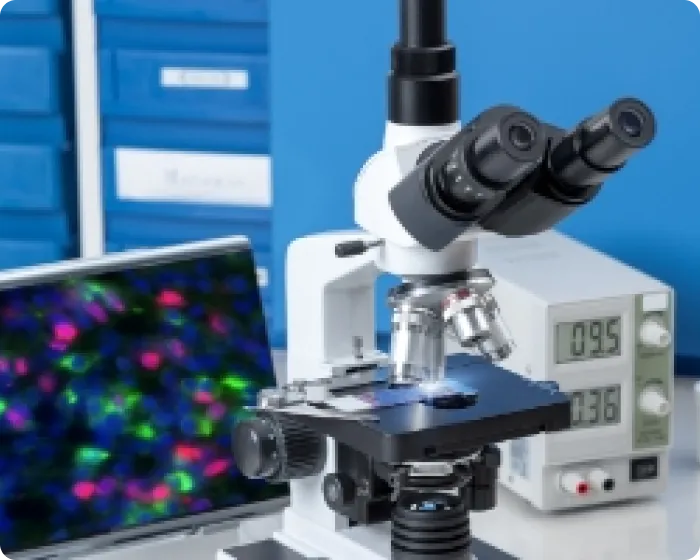
Multicolor Fluorescence Microscopy
In fluorescence microscopy used for labeling cells and biological tissues, filters are essential for observing specific fluorescence.
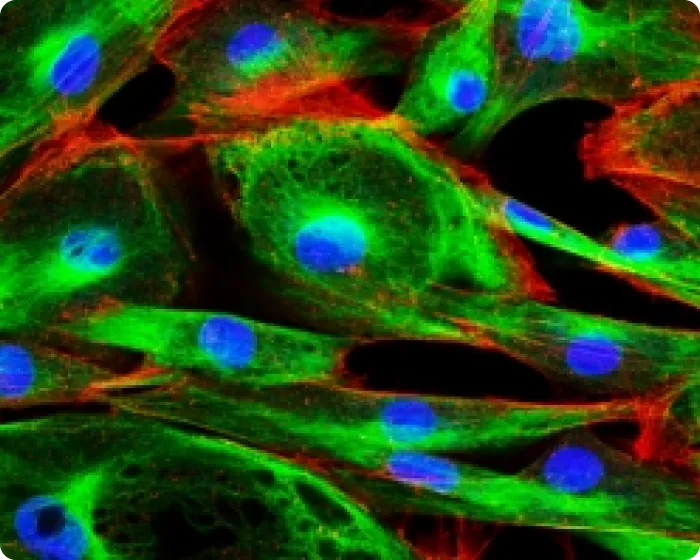
Live Cell Imaging
Fluorescence imaging is employed to observe the effects of drugs and dynamics within the living organism, requiring filters for observing light at specific wavelengths.

Fluorescence Resonance Energy Transfer (FRET)
In Fluorescence Resonance Energy Transfer (FRET) studies, the energy transfer between donor and acceptor fluorophores is measured.
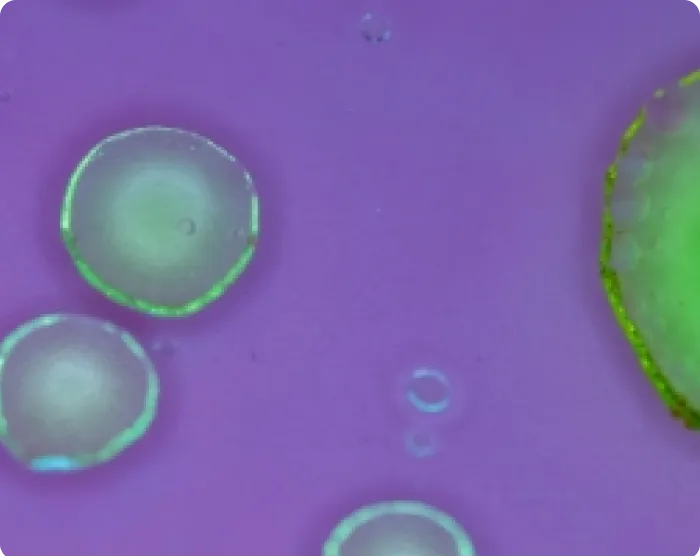
Multiplex Assay
A method used in the field of life sciences, it allows simultaneous measurement of multiple analytes in a single experiment.
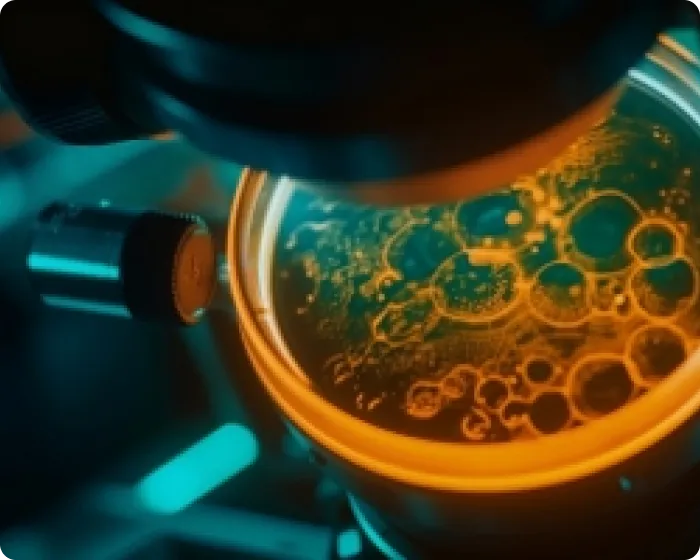
Stem Cell Research
Stem cells, with anticipated applications in regenerative medicine and drug discovery, are utilized to drive research advancements worldwide.
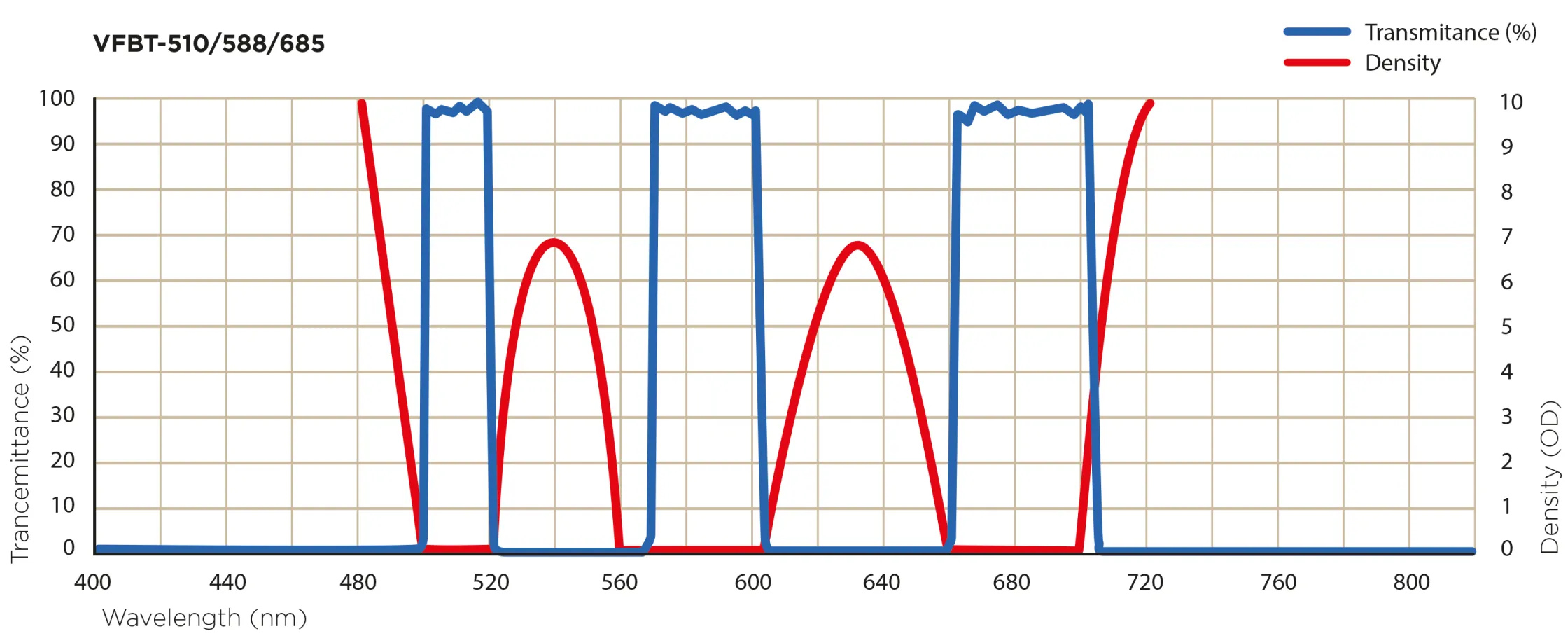
Property
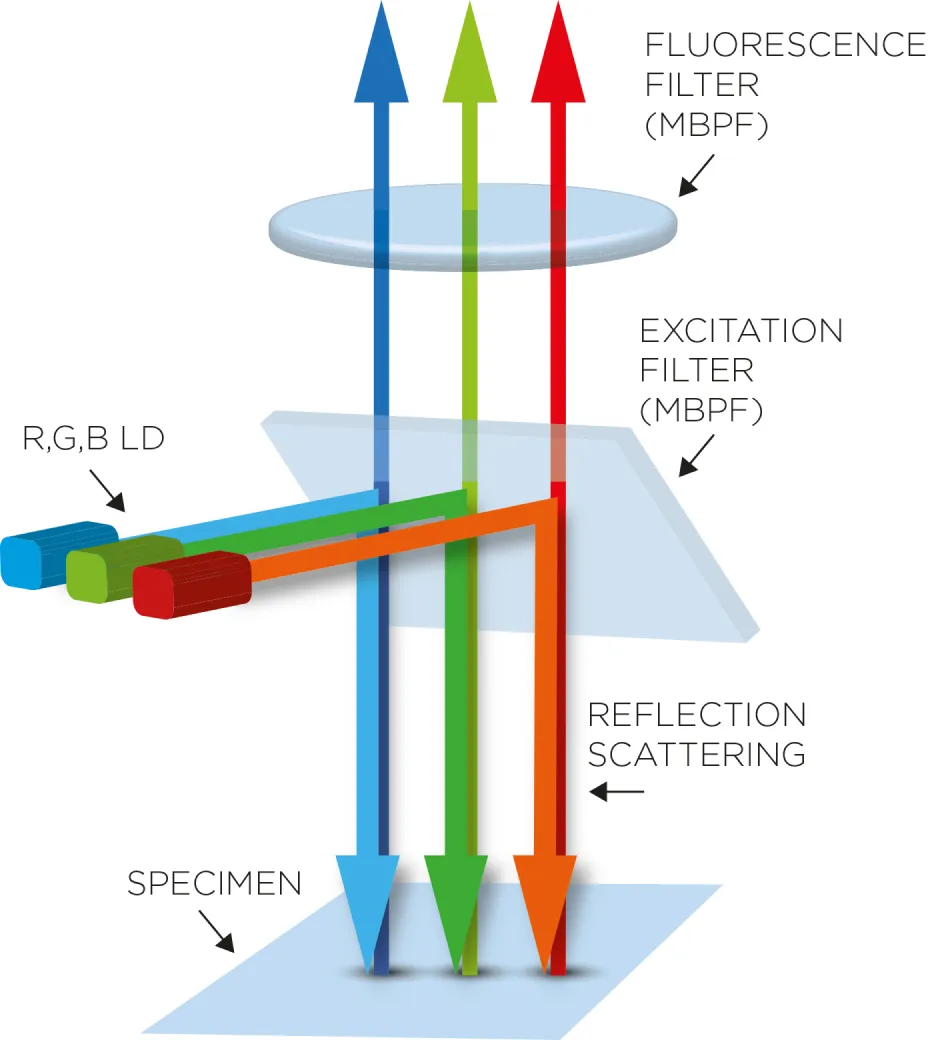
Multiband pass filters are carefully selected to match the emission wavelengths of the fluorophores or spectral bands of interest.
Proper filter selection and calibration are essential to ensure that the desired spectral information is efficiently captured while minimizing crosstalk between different channels.
Multiband pass filters significantly enhance the capabilities of biomedical imaging by enabling the simultaneous acquisition of multiple channels of information from a single sample.
In life science image processing, multi-bandpass filters are used to simultaneously capture multiple information channels, effectively segregating different wavelength bands, providing researchers with valuable data.
Customize your own filter
Fill in this form and we will get back to you